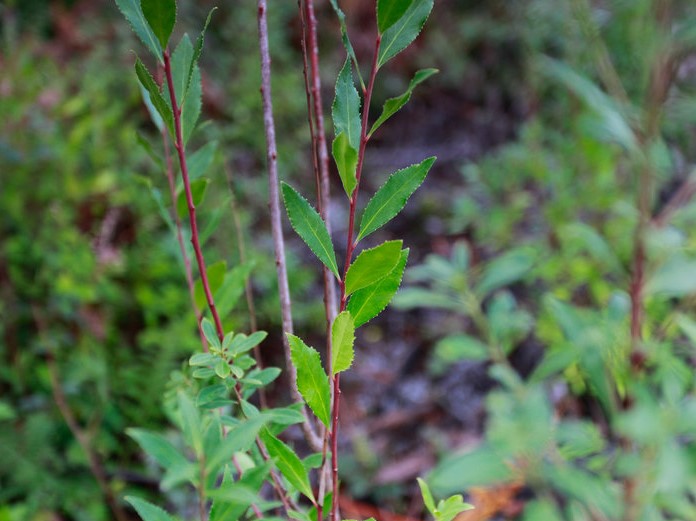Created on: Friday, Jul 1st, 2016
USDA GRIN: https://npgsweb.ars-grin.gov/gringlobal/taxonomydetail.aspx?id=23511
Jepson: http://ucjeps.berkeley.edu/eflora/eflora_display.php?tid=77417
GBIF: http://www.gbif.org/species/3790726
Biosecurity New Zealand: http://www.biosecurity.govt.nz/pests/chilean-mayten
New Zealand Plant Conservation Network: http://www.nzpcn.org.nz/flora_details.aspx?ID=3460
Reviewed by Joe DiTomaso and Eric Wrubel.
- < 13 : accept (low risk of invasiveness)
- 13 - 15 : evaluate further
- > 15 : reject (high risk of invasiveness)

